The vibrant crimson leaves of the poinsettia have become as synonymous with Christmas as candy canes and twinkling lights. Yet few realize the extraordinary journey this humble plant has taken - from ancient Aztec medicinal herb to global holiday superstar. This is no ordinary flower story, but rather a botanical odyssey spanning continents, cultures and centuries.
Long before the poinsettia became Christmas's floral ambassador, indigenous Mexicans knew it as Cuetlaxochitl (kwet-la-sho-she), the "flower that withers." The Aztecs prized the plant not for its beauty but for practical purposes - its milky sap treated fevers, and the red bracts produced dye for textiles and cosmetics. Montezuma, the last Aztec emperor, had the flowers brought to what is now Mexico City by caravan, as the plant couldn't grow in the high altitude.
The plant's transformation began in the 16th century when Franciscan friars in Mexico incorporated the colorful native plant into Christmas celebrations. Its star-shaped leaf pattern symbolized the Star of Bethlehem, while the red color represented the blood sacrifice of Christ's crucifixion. This marked the beginning of the poinsettia's religious significance in Mexican Christmas traditions.
The flower's big break came in 1828 when Joel Roberts Poinsett, the first U.S. ambassador to Mexico and an amateur botanist, sent cuttings of the plant to his greenhouse in South Carolina. Poinsett propagated the plants and shared them with botanical gardens and horticultural friends, beginning the plant's journey to international stardom. The common name "poinsettia" honors his role in introducing the plant to the United States.
Initially, the poinsettia faced an identity crisis in American culture. Early varieties were temperamental - dropping leaves if exposed to drafts or temperature changes. The Ecke family of California changed everything in the early 20th century by developing a hardier variety and pioneering cultivation techniques that allowed for compact, bushy plants. Their marketing genius positioned the poinsettia as the Christmas flower through promotional campaigns including displays on popular TV shows like the Tonight Show and Bob Hope Christmas specials.
Today's poinsettia bears little resemblance to its wild ancestors. Through selective breeding, horticulturists have created over 100 varieties in colors ranging from traditional scarlet to pink, white, yellow, and even multicolored speckled patterns. The "Winter Rose" series features curled bracts resembling rose blossoms, while "Princettia" varieties offer more delicate, smaller blooms. Modern cultivation techniques using photoperiod control allow growers to produce perfect plants timed precisely for the holiday season.
The poinsettia's cultural impact extends far beyond holiday decor. In Mexico, December 12 is National Poinsettia Day, commemorating the death of Joel Poinsett. The "Nochebuena" (poinsettia) plays a central role in Las Posadas celebrations, the nine-day Christmas festival reenacting Mary and Joseph's search for lodging. In Spain, the plant is called "Flor de Pascua" (Easter Flower) and is associated with both Christmas and Easter celebrations.
Contrary to popular myth, poinsettias are not deadly poisonous. While not edible, research shows a child would need to eat 500-600 leaves to approach dangerous levels. The American Society for Prevention of Cruelty to Animals lists poinsettias as mildly toxic to pets, potentially causing nausea or irritation but not death. This misinformation persists from a 1919 urban legend about a child's poisoning that was later disproven.
The global poinsettia market now exceeds $250 million annually, with over 70 million plants sold each year in the United States alone. Germany has become Europe's largest consumer, while Japan has developed unique varieties to suit their gift-giving traditions. The plant's economic impact supports thousands of jobs in horticulture, from California growers to Midwest greenhouses.
Environmental concerns have prompted changes in poinsettia production. Many growers now use biological pest control instead of chemicals, employing beneficial insects to manage whiteflies. The industry has reduced its carbon footprint through energy-efficient greenhouses and local production. Some nurseries offer poinsettia recycling programs, composting plants after the holidays.
Beyond Christmas, researchers are exploring new uses for poinsettias. The plant's ability to change color in response to light duration makes it valuable for studying photoperiodism in plants. Latex extracted from poinsettias shows potential as a hypoallergenic alternative to rubber latex. Even NASA has studied poinsettias for potential use in space habitats as an efficient oxygen-producing plant.
What explains the poinsettia's enduring appeal? Perhaps it's the perfect marriage of color and timing - that burst of red exactly when winter days grow darkest. Or maybe it's the plant's remarkable adaptability, having transformed itself from wild shrub to cultural icon. The poinsettia's story mirrors our holiday traditions themselves - constantly evolving yet rooted in history, blending ancient meaning with contemporary expression.
As you admire poinsettias this season, consider the incredible journey behind those crimson leaves. From Aztec gardens to Victorian parlors to modern shopping malls, this plant has crossed borders and bridged cultures to become what it is today - not just a decoration, but a living symbol of celebration, adaptation and the universal human desire to bring light and color to the darkest time of year.

By /May 21, 2025
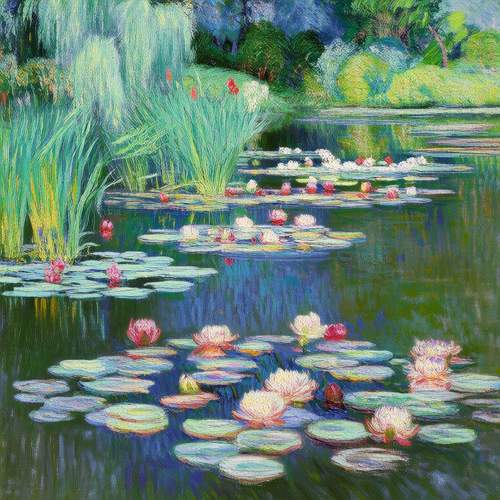
By /May 21, 2025
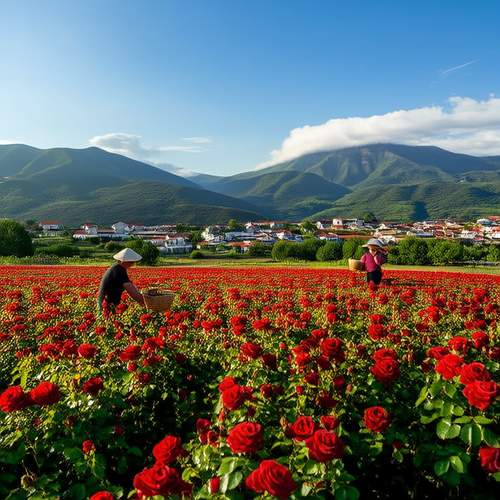
By /May 21, 2025
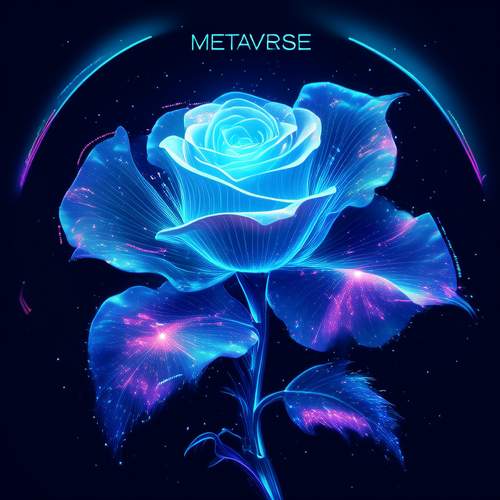
By /May 21, 2025
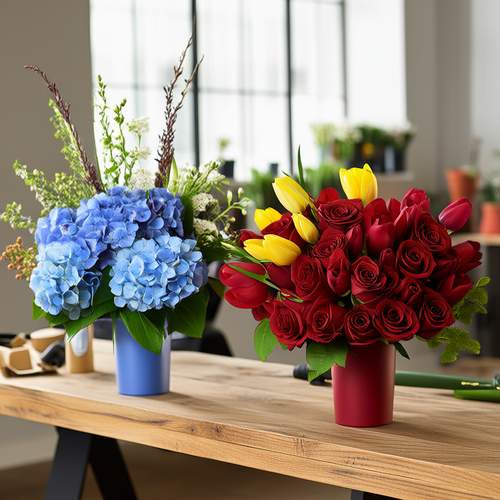
By /May 21, 2025
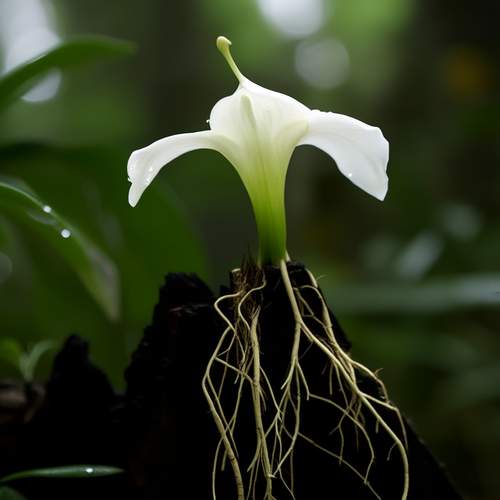
By /May 21, 2025
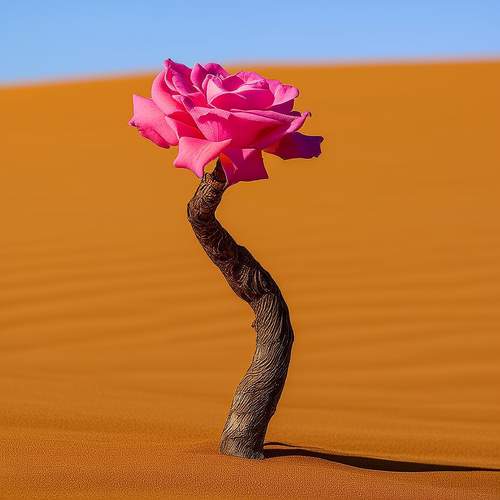
By /May 21, 2025
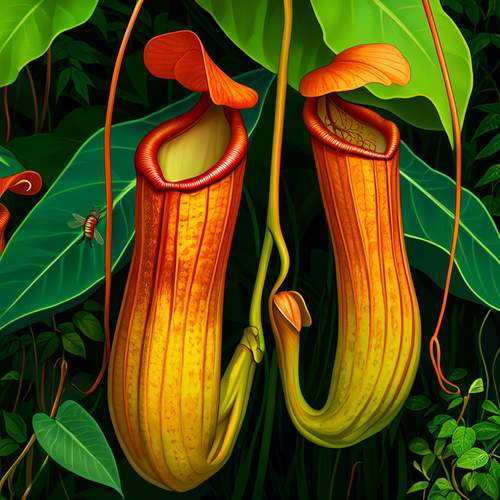
By /May 21, 2025
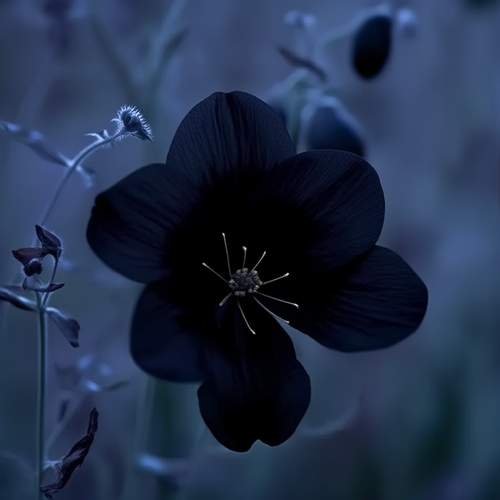
By /May 21, 2025
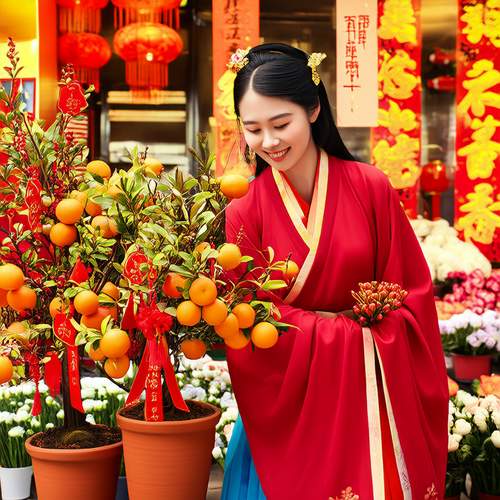
By /May 21, 2025
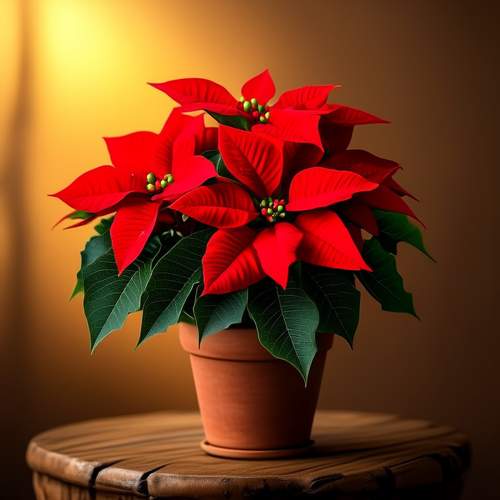
By /May 21, 2025

By /May 21, 2025

By /May 21, 2025

By /May 21, 2025
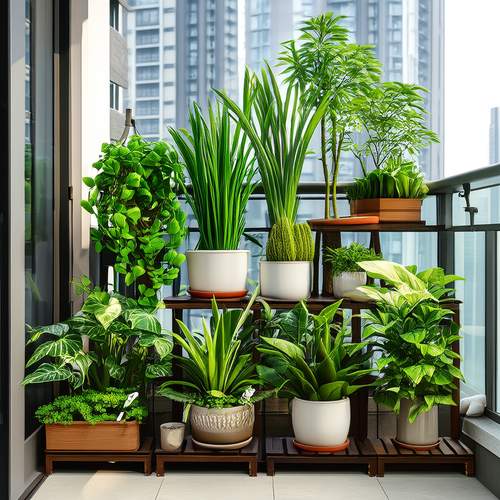
By /May 21, 2025
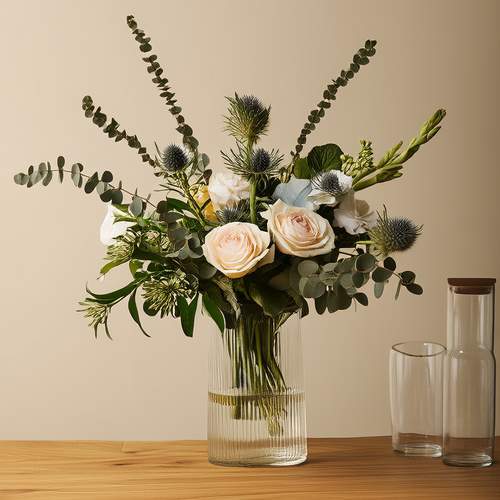
By /May 21, 2025

By /May 21, 2025

By /May 21, 2025
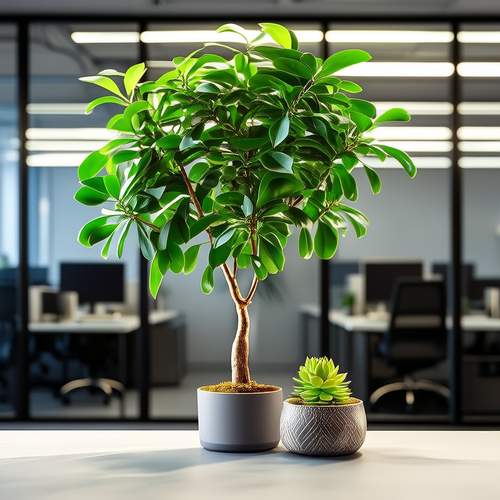
By /May 21, 2025
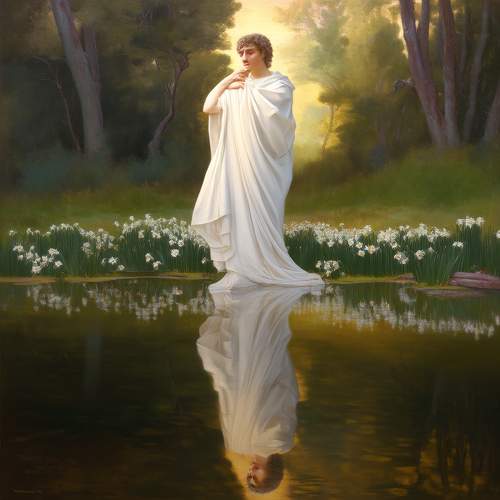
By /May 21, 2025